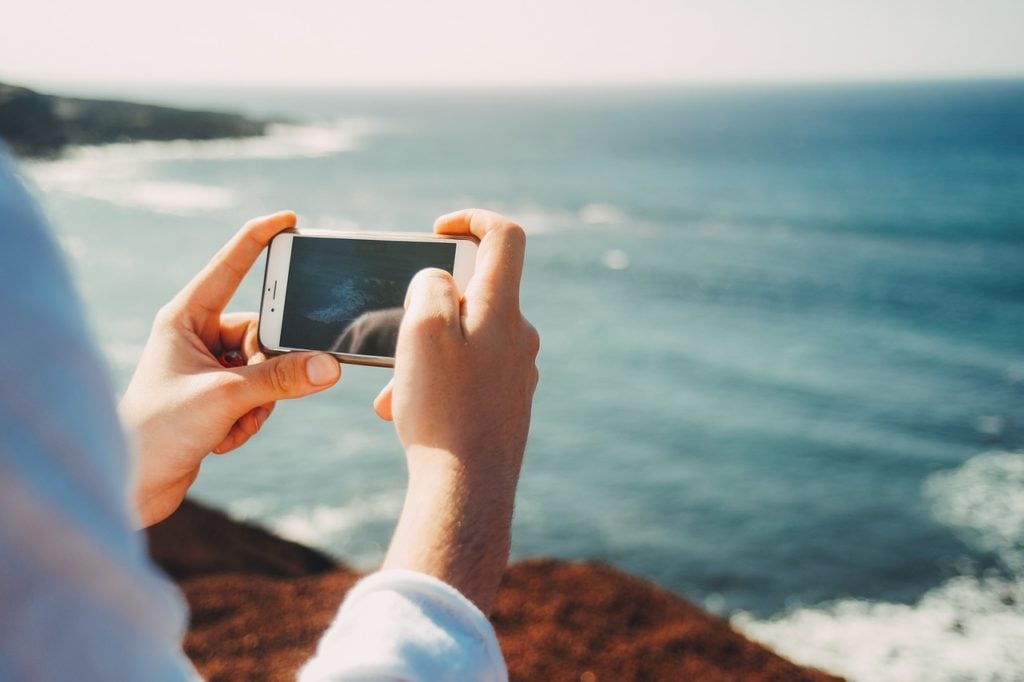Selfies. We love them. We can pick up our phones, even use a selfie-stick, get a great, high resolution photo, and send it to everyone. We can photograph or video amazing scenes and capture the essence of those scenes, with just a bit of experience. And even for the total newbie, there is enough technology within a phone camera that quite professionally-looking photos can be taken, shared, and even printed out at the local drugstore.
Q1 hedge fund letters, conference, scoops etc, Also read Lear Capital: Financial Products You Should Avoid?
The question is this: Will the technology continue to improve even to the extent that the regular camera will become a dinosaur? Will wedding photographers simply have to bring their camera phones to their gigs? And can news photographers cease to carry all of that “gear” with them?
The case for the demise of the traditional camera
Think about the current phone camera technology and convenience:
- There is a wide array of apps and filters that allow the capture of a pretty great image.
- Even without the apps and filters, these cameras offer pretty sophisticated autofocus systems and HDR technology.
- The camera phone offers the instant gratification of having an immediate product (photo or video) that can be sent anywhere.
- The most recent smartphones are also offering RAW image capture, which means that post-shooting technology will improve image quality even more.
All of these factors have meant that the average consumer who, several years ago, would have purchased a point-and-click camera now will not. And that has caused a large decline in the low-to-moderately-priced camera industry, which has traditionally brought a high profit margin to manufacturers.
Professional photographers still know the difference
So far, the smartphone has not replaced the cameras typically used by professional photographers, because they understand the difference in quality that can be gained from large sensor cameras (larger than one inch). While some phone manufacturers have attempted to create larger sensors, they have been unsuccessful so far.
What sells to consumers is megapixels, and they are happy so long as they are greater than eight MP. And that consumer has little-to-no understanding of the relationship of the sensor to image quality. These are the things that professional photographers care about. And there are not enough of them to support a huge stand-alone camera industry.
Indeed, how can any camera manufacturer compete with the success of the iPhone, which continues to be top rated for its cameras – and billions are out there with satisfied amateur photographers.
The test
Professional photographer Eric Adams decided to put the newest claims of smartphone manufacturers to the test, by shooting and then comparing photographs taken with his own gear with those from an Apple iPhone 7, a Google Pixel XL, and a Huawei Mate 9. His goal was not to prove that smartphones could replace professional gear, but, rather, to see if the phone camera could produce quality that was high enough to really use in the profession – publication in an online magazine, for example.
He photographed an Audi, from several angles and changes in light (due to clouds). And the results surprised even him.
The results came as a surprise. All of the smartphone cameras performed extremely well, even in low light, which has always been an issue with phone cameras. While his own A7RII did outperform the other phones (he has a much more critical eye, of course), he found that they did produce sharp images, great color, and evenness of foreground differences.
Adams’s conclusion? The average person will be completely satisfied with the quality of images they get with the newest smartphones and their camera technology. Even pros will find that, in a lot of instances, their phones will allow them to leave their heavier gear at home.
The future
Every person born in the 21st century has grown up with cell phones, and those cell phones have included cameras. In fact, the first phone with a camera was introduced by Sharp in 2000. This was followed by competitors Sanyo and Sprint, a few years later.
The rest is history. And the race is still on to build better and better cameras, with no end in sight. It’s probably just a matter of time before phone camera technology catches up with traditional professional gear. But does it really matter?
Professional photographers are not a huge demographic. The vast numbers of people who take photos and videos are thrilled with what they have right now – it suits their needs quite well.
Bio: James Daily is a writer and content manager at Flash Essay. He counts photography, tech innovations, and cinema among his myriad interests. Feel free to contact him via Twitter.
Article by James Daily
James Daily is a professional writer, amateur photographer, and tech geek













